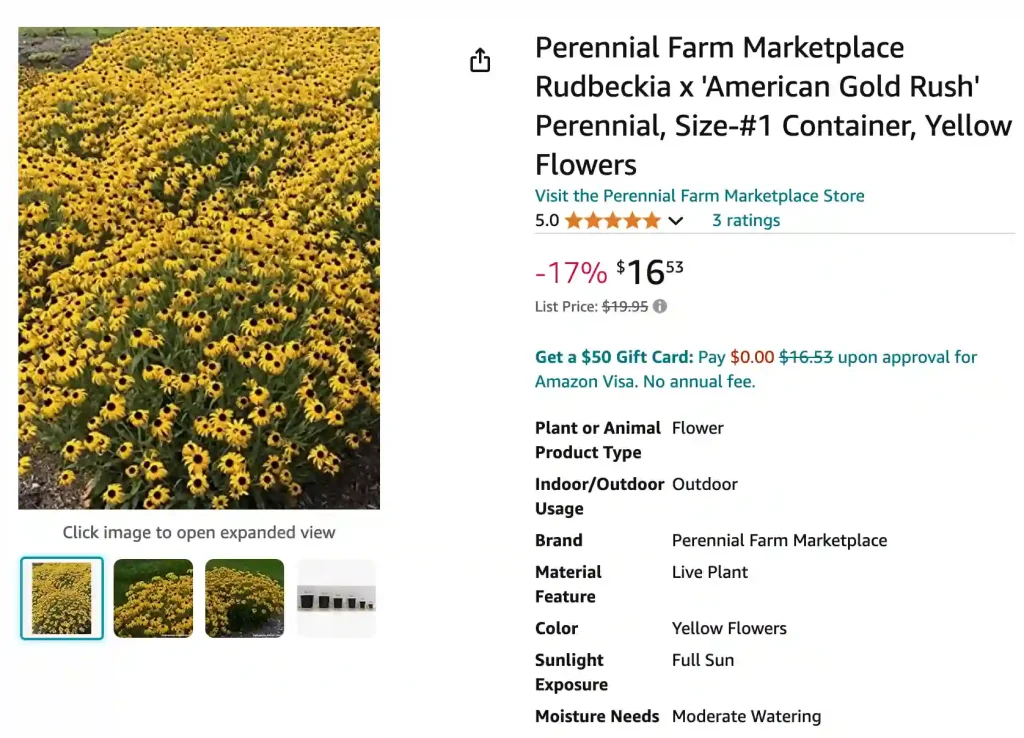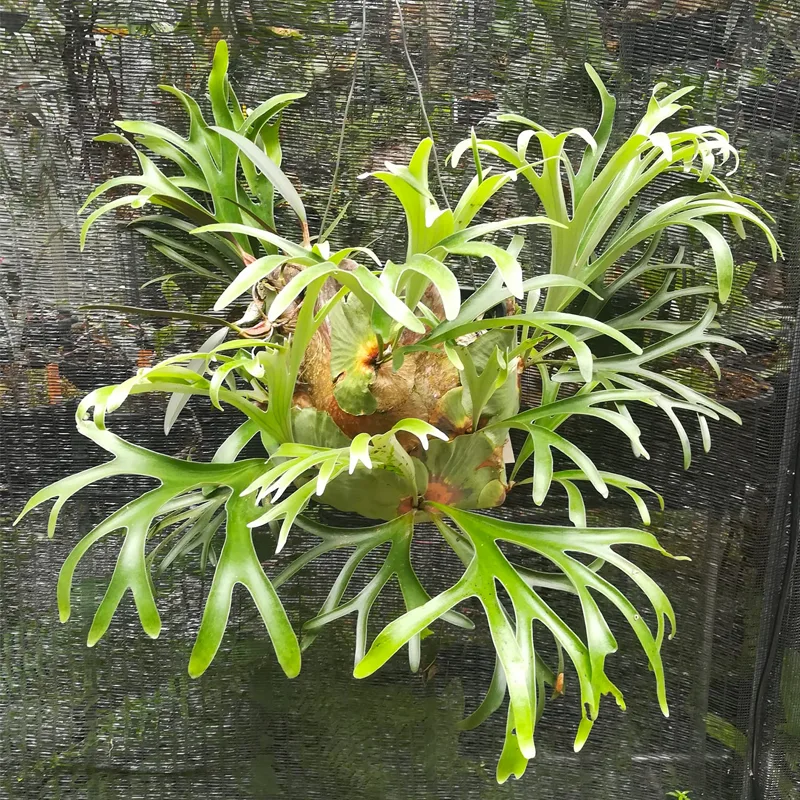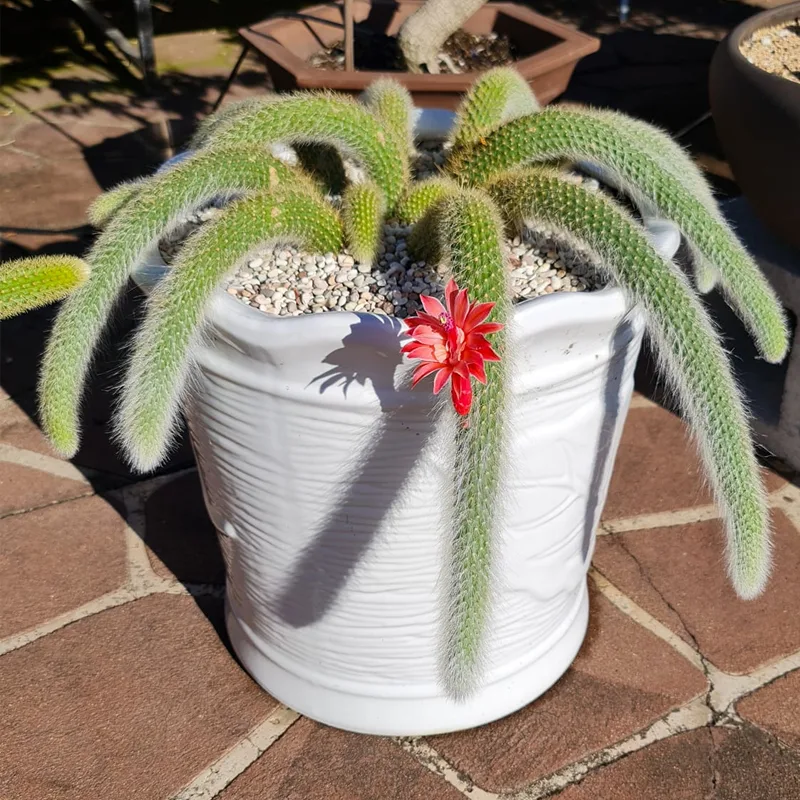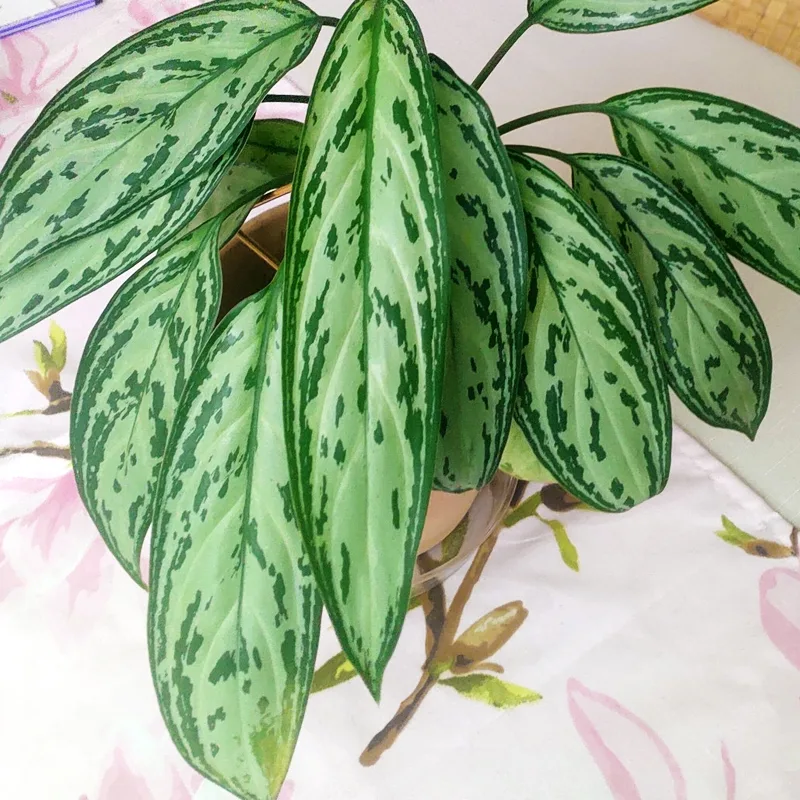
What Is Rudbeckia American Gold Rush?
Rudbeckia American Gold Rush is a vibrant perennial known for its bright, daisy-like flowers. Its golden-yellow blooms and dark centers make it a standout in any garden. Native to North America, this plant is commonly referred to as Black-Eyed Susan and is celebrated for its long blooming period and resilience. It’s a fantastic choice for adding a splash of color and attracting pollinators like bees and butterflies.
31 Species in Genus Rudbeckia
How to Care for American Gold Rush Rudbeckia?
Caring for Rudbeckia American Gold Rush is relatively straightforward. It thrives in full sun to partial shade and prefers well-drained soil. Regular watering is essential, especially during dry spells, but avoid waterlogging as it can lead to root rot. Adding a layer of mulch around the base helps retain moisture and keep weeds at bay.
To encourage a bushier growth habit and more blooms, you might want to deadhead the flowers periodically. This means removing spent blooms to prevent the plant from going to seed too early. Additionally, cutting back the plant in late fall or early spring will help keep it looking tidy and promote new growth.
How to Propagate American Gold Rush Rudbeckia?
Propagating Rudbeckia American Gold Rush can be done in several ways, but the most common method is through division. Here’s how to propagate it effectively:
- Timing: The best time to divide Rudbeckia is in early spring or fall.
- Preparation: Dig up the plant carefully, ensuring you get a good portion of the root system.
- Division: Separate the root ball into smaller sections with at least one growing point each. Use a sharp knife or garden spade for this task.
- Replanting: Replant each division in well-drained soil and water thoroughly. Space them about 18 inches apart to give them room to grow.
Alternatively, you can grow new plants from seeds. Start seeds indoors 6-8 weeks before the last frost date or sow them directly in the garden after the danger of frost has passed. Keep the soil consistently moist until germination occurs.
What to Plant With American Gold Rush Rudbeckia?
American Gold Rush Rudbeckia pairs well with a variety of other plants. Consider combining it with ornamental grasses like Miscanthus or Panicum to add texture and movement. Other complementary plants include:
- Echinacea (Coneflower): Their similar flower structure and color can create a harmonious look.
- Salvia: The tall spikes of Salvia contrast nicely with the round blooms of Rudbeckia.
- Sedum: This succulent can provide a nice color contrast and its late-blooming nature complements Rudbeckia’s summer show.
Can You Grow American Gold Rush Rudbeckia Indoors?
Growing Rudbeckia American Gold Rush indoors is not ideal. It thrives best in full sunlight and needs plenty of space to grow. While it’s technically possible to grow it indoors in a large pot with ample light, it’s much better suited to outdoor gardens where it can spread out and receive natural light.
Is American Gold Rush Rudbeckia Toxic?
American Gold Rush Rudbeckia is not toxic to pets or humans. This makes it a safe choice for gardens where children and animals are present. However, as with any plant, it’s always a good idea to monitor pets to ensure they don’t chew on the foliage, which could lead to gastrointestinal upset.
Benefits of Growing American Gold Rush Rudbeckia
Growing Rudbeckia American Gold Rush offers several benefits:
- Attracts Pollinators: Bees and butterflies are drawn to its bright blooms, making it an excellent choice for a pollinator garden.
- Low Maintenance: Once established, it requires minimal care and is drought-tolerant.
- Extended Bloom Time: It provides color from mid-summer through fall, brightening up the garden for an extended period.
Common Problems with American Gold Rush Rudbeckia
While generally hardy, Rudbeckia American Gold Rush can encounter a few issues:
- Powdery Mildew: This fungal disease can cause a white, powdery substance on leaves. Ensure good air circulation and avoid overhead watering to prevent it.
- Root Rot: This can occur in poorly-drained soil. Ensure proper drainage to keep the roots healthy.
- Pests: Watch out for aphids and spider mites, which can be managed with insecticidal soap or neem oil.
Compare American Gold Rush Rudbeckia with Other Similar Plants
If you’re considering alternatives to Rudbeckia American Gold Rush, here are some comparisons:
- Rudbeckia Hirta (Black-Eyed Susan): While similar in appearance, Rudbeckia Hirta tends to be shorter and may not have the same longevity as American Gold Rush.
- Rudbeckia Triloba (Brown-Eyed Susan): This variety features smaller, more delicate flowers and grows in a more sprawling habit compared to the upright American Gold Rush.
By understanding these FAQs about Rudbeckia American Gold Rush, you can better appreciate its role in your garden and how to care for it effectively. Happy gardening!
If i die, water my plants!



